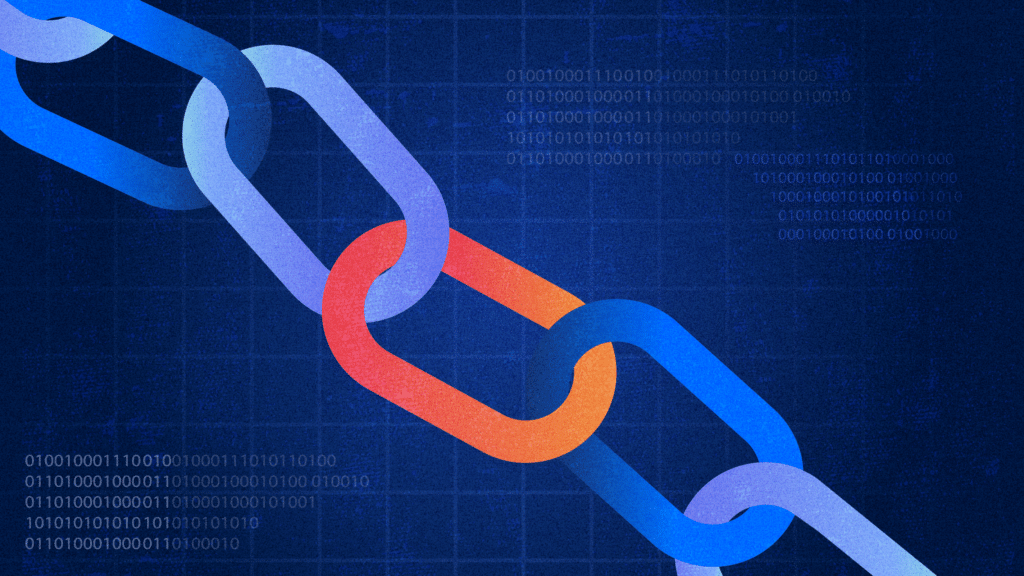Before the pandemic, the pharma industry was slow in its value-chain transformation. According to McKinsey, almost every aspect of pharmaceutical operations served cost-saving strategies and risk analysis. Pharma’s value chain underwent major changes in response to COVID-19, however. Now, the value chain is more patient-centric as people depend on pharmaceutical companies to research, develop, and distribute life-saving vaccines and medication in record time. What people typically perceived as a profit-focused industry quickly became the most important arm of the healthcare system.
In fact, COVID-19 has transformed the pharma value chain in ways scientists never expected before 2020. First, the industry faced increased demand for basic supplies. Then, as the virus spread across the globe, pharma companies raced to produce treatments. Ultimately, the industry developed vaccines—not in 10 years, but in 10 months. With COVID-19 revealing how quickly safe vaccines can be developed with adequate resources, a bank of research, and a sense of urgency, pharma simply cannot return to the old value chain.
Public perception and value chain transformation
Even though pharma’s value chain adapted quickly over the past year, the industry faces key challenges with public perception. COVID-19 brought a new sense of urgency within the industry to address the human costs of the virus, but according to a Gallup and West Health poll, nine out of 10 people worry that pharma will capitalize on the pandemic and raise drug prices. As a result, 83% of Americans support inflation penalties for drug makers that raise prices faster than the inflation rate, especially because the net cost of prescriptions increased three times faster than the inflation rate over the past 10 years. People fear price-gouging in the pharmaceutical industry and worry about pharma lobbying groups working against their interests.
Despite the surging costs of prescription drugs, a 2020 Gallup poll indicates a jump in trust in the industry due to the pandemic. In fact, positive perception of pharma hit 34% last year, compared with 27% the year before. Another poll tracked public perception of the industry since March 2020, and it reported that 40% of consumers held a better view of pharma than before COVID-19. This is reflected when industry rivals put their bottom lines aside to collaborate with healthcare professionals and address a global crisis. When the media highlighted this value chain adjustment, public perception brightened.
Still, value chain improvements and public perception go hand in hand. Healthcare systems and vaccine distribution processes are stressed right now, so even though pharma delivered over the past year, it often gets little to no credit for its remarkable advancements. Negativity persists. Also, as more people gain access to a vaccine that’s distributed gradually, they’ll criticize the industry’s demand planning and maintain their distrust. To inspire confidence in a time of massive change for the industry, pharma should address consumers’ fears about costs, continue to deliver supplies, and correct smaller aspects of its value chain over time.
Optimizing a new value chain
Profound shifts in public perception of pharma require more than life-saving innovation; they necessitate meaningful changes across the value chain. Here are a few strategies to help pharma optimize the new value chain:
Implement flexible processes
All eyes are on the industry’s supply chain right now, which means that raw materials must be sourced with flexibility. It also requires agility in drug manufacturing, design, packaging, and distribution to avoid detrimental supply interruptions. One way to increase flexibility and improve demand planning is by ensuring that no single organization regulates the value chain. That way, processes can adapt to changing climates and market conditions.
Prioritize customer experience
Changes in your value chain won’t matter much if people think they won’t be able to afford or access medication. Public perception hinges on customer experience, so it’s important to incorporate consumer input when possible, increase transparency with frequent communication, and use digital technologies to monitor drug demand with different healthcare providers. The worst thing pharma can do is leave people guessing about the availability of medications.
Innovate with supply technologies
The pandemic exposed weaknesses in pharmaceutical supply chains, not only in terms of source location but also in terms of production capabilities and other technologies. While reshoring may be one part of the solution, improvements to the value chain can’t stop there. The industry should also adopt better digital tools to generate data and insights that improve manufacturing and supply chain management as a whole.
While the pharmaceutical industry faces an uphill battle when it comes to public perception, it’s time for the industry to build on the momentum it has gained during the pandemic. Like other industries, pharma transformed its operations to fit the current climate. With the right strategy and resources, the industry can continue to improve its value chain and reputation at the same time.




















